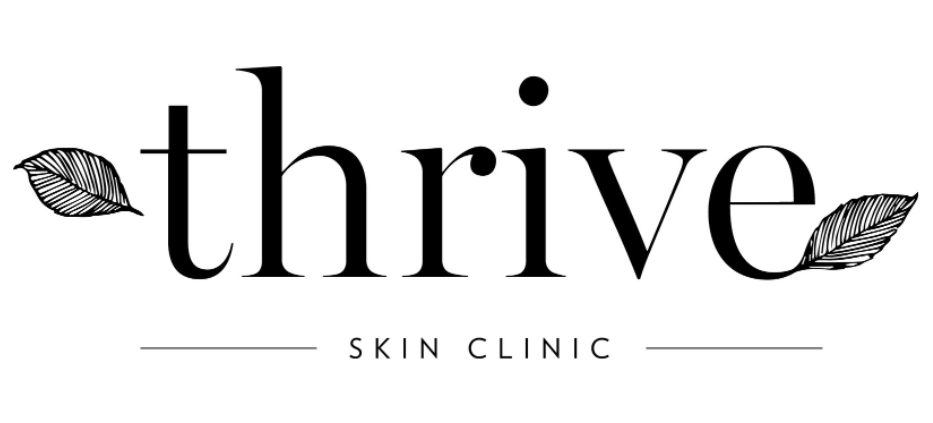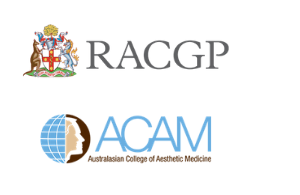An Introduction to Injectable Biostimulators with Dr Jemima Grant
/2024 will be remembered as the year Biostimulators took hold of the aesthetic market. But what are they? How are they different to dermal filers, and what is their place for patients wanting to acheive beautiful skin as they age? Dr Jemima Grant give us her independent advice including why she uses them routinely in her practice.
What are Biostimulators?
Biostimulators (AKA Injectable Collagen Stimulators) are substances that are injected into the skin, causing a low grade inflammatory response, and inciting an increase in natural collagen production. After a few months, the injected material decays into carbon dioxide and water, leaving a matrix of your own collagen behind to support your facial structure.
The most well known Biostimulators are PLLA (poly - L- Lactic Acid “Sculptra” ), PCL (polycaprolactone “Ellanse” and some soon to land in Australia) and Calcium Hydroxylapatite (CaHA). 2024 will see a host of new kids on the block, notably Rejran ( a polynucleotide, based from salmon DNA), which I won’t be talking about today (but I’m excited by this product to fact that it’s a low risk treatment that can be used to improve skin quality on the forehead and under the eyes).
What do Biostimulators Do?
Collagen Stimulating treatments increase collagen in the skin, and in doing so improve concerns such as skin laxity, thinning skin and scarring. Used at different depths, and in different dilutions, these treatments can also improve facial volume and skin laxity on the neck, decolletage and body.
How are Biostimulators different to Dermal Fillers ?
Dermal fillers are comprised of Hyaluronic Acid, a gel like substance that attract water. These substances are injected into the skin, drawing water into the area and improving facial volume through hydration.
While dermal fillers have their place in aesthetics, it’s primarily for volume restoration, not improving skin quality. While I am a fan of fillers, I have a measured approach - I use HA fillers if indicated, matching the rheology (composition) of the product to my patients skin type and their clinical concern, and always in combination with home care and other procedures. Used in this way, the impact can be natural and long lasting.
However, in many instances, fillers are over used and inappropriately applied - this has lead to large amounts of filler being injected, leading to strange, alien looking and puffy faces - they have too much hydration in their skin.
This is why I now incorporate Biostimulators in my practice - as they not only improve volume, they increase collagen in the skin, leading to improvements such as thicker more resilient skin, improvements in skin laxity and reduced pore size and acne scarring.
How are Biostimulators Injected?
Biostimulators are injected with a needle or cannula. I predominantly use cannula technique as this reduces bruising risk and has an improved safety profile for my patients.
What are the Risks Associated with Biostimulators, and how is this differnt to HA Fillers?
Like most things in life, the greatest strength of Biostimulators (natural collagen induction) is also their greatest weakness.
Because Biostimulators increase in your own collagen, the results are not reversible (e.g. if you don't like the look of them). This is in contrast to Traditional Hyaluronic acid based Dermal Fillers, which can be dissolved with an enzyme (Hyaluronidase) if needed.
Moreover, in the rare case of a vascular occlusion (where the injected product blocks a n artery in the face), or causes an inflammatory lump post treatment, these concerns can be very difficult to treat. While these risks are uncommon, you need to accept them as part of the consent process, and this means understanding the risks, how they are treated, and what your injector is doing to mitigate these risks.
With more clinics starting to offer these treatments, I do urge patients to fully inform themselves about the risks and benefits of Biostimulators, and be aware of some important aspects of care such as the experience and medical oversight of the clinician performing the treatment, their background grasp of facial anatomy and their experience with Biostimulators. This is not a treatment you should undertake using a groupon voucher. Read my blog on Questions to Ask Before Having a Biostimulator Treatment to get some tips on choosing the right clinician to treat you.
What are the Benefits of a Collagen Stimulator Treatment?
While there are some increased risks with Collagen stimulators, there is also a host of benefits.
For one, these type of treatments address the most important root cause of ageing skin- which is a reduction of collagen in the skin. Fillers don't do this, and repeated use or overuse of fillers can lead to an overfilled, puffy face. The results of Collagen Stimulators are very natural, due to the fact they increase your own collagen levels in the skin, and do not cause puffy or overfilled look.
What is the Normal Treatment Plan for Injectable Collagen Stimulators?
In general, after a consultation with my patients, my approach is to start with 2- 3 sessions every 6 weeks, (depending on your age and the severity of your skin concerns. The older you are, or the more severe your skin laxity or concerns, the more treatment you will need, every 6 weeks. with a maintenance session of 1- 2 vials every year. Financially, Collagen Stimulators work out to be the most cost effective injectable treatment as they last up to 2 years and the impacts are cumulative.
For all the reasons above, I prescribe Collagen Stimulator Injections for most of my long term patients over time, in combination with medical grade home care, in clinic treatments, hormone therapy and lifestyle advice to provide a consistent and holistic approach to age management.






